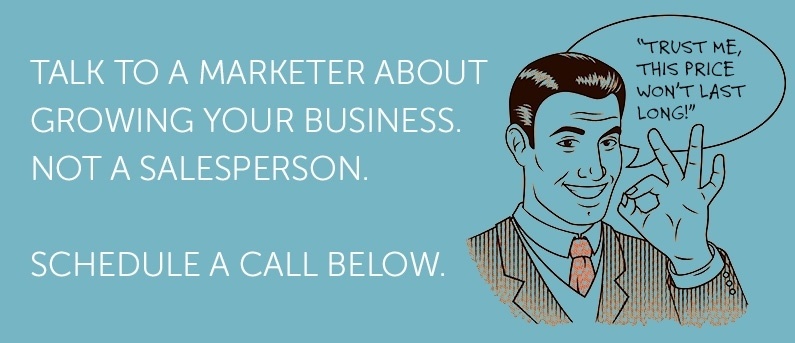At least no one can accuse Facebook of being unwilling to change.  The world's most popular social media network has become well-known for making adjustments to its user experience. Already this year, it has introduced its new Graph Search feature and announced an update to the News Feed layout. Its next change may go unnoticed by average users, but will have a big impact on the experience of Facebook advertisers.
The world's most popular social media network has become well-known for making adjustments to its user experience. Already this year, it has introduced its new Graph Search feature and announced an update to the News Feed layout. Its next change may go unnoticed by average users, but will have a big impact on the experience of Facebook advertisers.
The Changes
Facebook officials have announced that they are simplifying the advertising on the site. That starts with reducing the number of options available: instead of 27 ad types, the revamped Facebook advertising system will have a dozen or so.
Some types of ads, such as the online-only version of Facebook's coupon "offers," will be going away completely. Others are not truly disappearing, but are being combined, simplified and renamed.
One example of how ad choices are being combined and simplified is Facebook's "sponsored story" option. Sponsored stories allow you to promote the activity of a user, such as them "liking" your page or using your app, by having that activity appear at the top of their friends' news feeds.
Officially, "sponsored stories" will no longer be an ad type, despite the fact that they are relatively new and popular with advertisers. In reality, though, it is the non-sponsored stories that are going by the wayside. Ads will now automatically include the social activity of a user's friends, without advertisers having to choose it as an option. Including this social context in all ads actually gets rid of several ad types, since previously there were separate ad options for each type of social activity (such as "likes" and "comments").
Creating Facebook Ads
Besides reducing the number of ad types, Facebook is also changing up the way in which you create advertisements. Instead of selecting an ad type, the process will start with identifying what you are trying to accomplish with the ad. Possible objectives include increasing your number of Facebook fans, getting people to install your app, or driving more people to your brick-and-mortar store. The system will then select the right type of ad, or combination of ads, to achieve your stated objective.
The end result of these changes should be a simpler ad-buying process, one that creates more effective ads. By starting with the advertiser's goals and getting rid of some lower-performing ad types, it should reduce the potential for mistakes.
Facebook is rolling out the changes gradually through the end of the year, and it has not yet released all of the details. Hopefully it will be a win-win scenario, allowing marketers to more easily and effectively grow their businesses through Facebook, and thereby also increasing Facebook's ad sales.
* Image courtesy of freedigitalphotos.net

